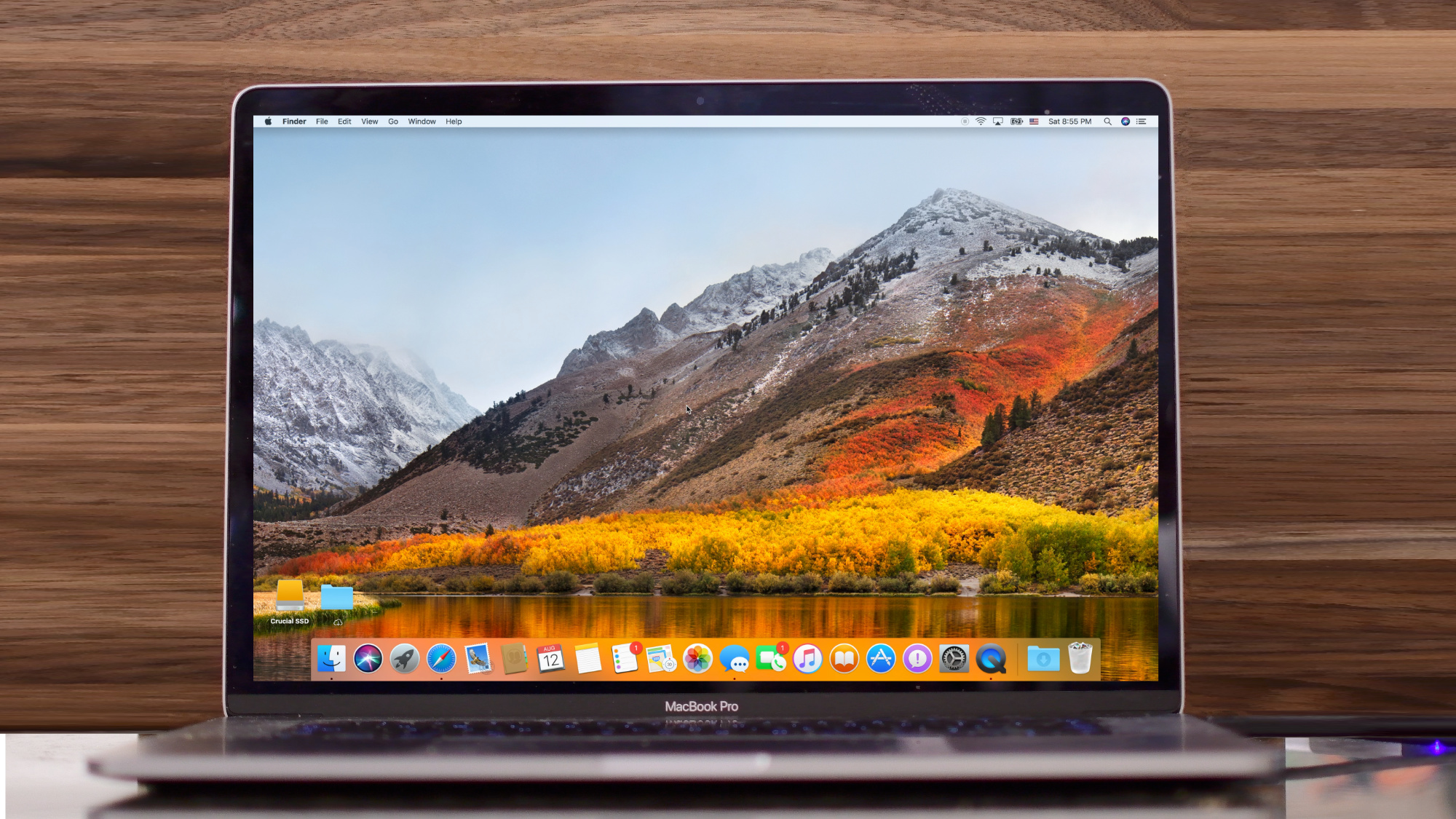

- #NEAT SOFTWARE FOR MAC SIERRA HOW TO#
- #NEAT SOFTWARE FOR MAC SIERRA DRIVERS#
- #NEAT SOFTWARE FOR MAC SIERRA CODE#
#NEAT SOFTWARE FOR MAC SIERRA DRIVERS#
Neat Scanner Drivers may work for older OS versions but agent support is not provided on older OS versions. Download free demo of Neat Image for pre-purchase evaluation and non-commercial purposes. A more comprehensive paid option is Bitdefender. Neat Software For Mac Please Note: Neat supports MacOS Mojave 10.14 as well as two (2) major releases back - High Sierra 10.13 and Sierra 10.12. This software is available on macOS High Sierra 10.8 or higher. You’ll find that similar programs could make it even slower, though. Panda Antivirus slows down a few processes on your Mac, which means tasks could take up to 40 seconds longer. The circular interface in Panda is more confusing than the sleek and simple menus used in apps like AVG. Software programs like Bitdefender have a leg up on Panda thanks to its effective scanning and anti-phishing measures. When compared with other similar applications, it loses out on a number of fronts. It’s more than just a scan for one device it provides a firewall and can protect hard disks and mobile devices, including USBs. It recognizes and detects Trojan horses and includes all of these in its scans and quarantine processes. Panda Antivirus has an expansive database on modern computer infections. It updates itself automatically, so you can free up your to-do list for other important tasks. It performs its functions in the background and isn’t intrusive.Īn aspect that stands out with this program is its ease of use.


A considerable amount of the software is cloud-based, which means it doesn’t take up a lot of space on your Mac. This protection program keeps your Mac secure without forcing you to make too many sacrifices. Ls: The "ls" command, by itself, displays the contents of the cwd.Panda is an anti-virus software that does its job, but at the cost of being a mess and slowing you down. To actually put all this path knowledge to use, you'll need the Terminal commands for displaying and changing files.
#NEAT SOFTWARE FOR MAC SIERRA HOW TO#
How to display and move between files in Terminal When you first launch Terminal, you're starting in the current working directory of /Users/ myusername/ (also known as your User folder). You can then get to your Utilities folder by typing "./Utilities/" rather than "/Applications/Utilities". For instance, if you go to the "/Applications/" folder in Terminal, that's your current working directory ( cwd). Relative paths are defined based on where you've already navigated to, and represented by "./". So if you wanted to make a path to your Applications folder, you would write "/Applications/". An absolute path starts at the root level of your hard drive, and is displayed as "/". Paths take two forms: absolute paths and relative paths. Paths look similar in some ways to website sub-directories, and follow the structure of your folders. To do so, you build something called a path. You can use Terminal to get direct access to your files without using the Finder. When writing commands and paths in Terminal, almost everything is case sensitive: This means that you need to remember to properly capitalize "Dock" when referring to the Dock, or OS X won't understand your command. Unless you're executing a command that requires the display of text in Terminal, you won't have any indicator that what you've done has been successful you'll just get a new line with your user name on it once the command is finished processing. In short, be careful before using Terminal to execute commands, and make sure you understand what you're typing.
#NEAT SOFTWARE FOR MAC SIERRA CODE#
Here's the important part: With a system administrator account and password, you have direct access to tweaking almost everything about your computer's software code that means that while this little window provides great power, it comes with great responsibility. When you open it, Terminal presents you with a white text screen, logged in with your OS X user account by default. What is Terminal?Īpple's Terminal app is a direct interface to OS X's bash shell - part of its UNIX underpinnings. While the average person should never have any reason to visit Terminal, Apple's command line interface app actually does give you access to quite a few neat tricks and shortcuts. (Well, as much of a mutual respect as one can have between a human being and a code window.) OS X's command line and I have never been what I'd call "friendly" rather, we have a mutual respect and understanding about not messing with each other.


 0 kommentar(er)
0 kommentar(er)
